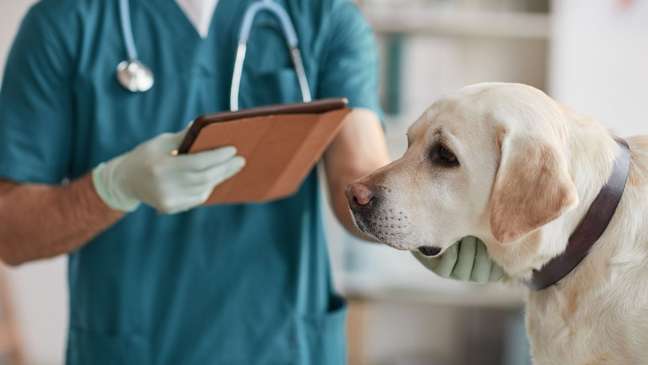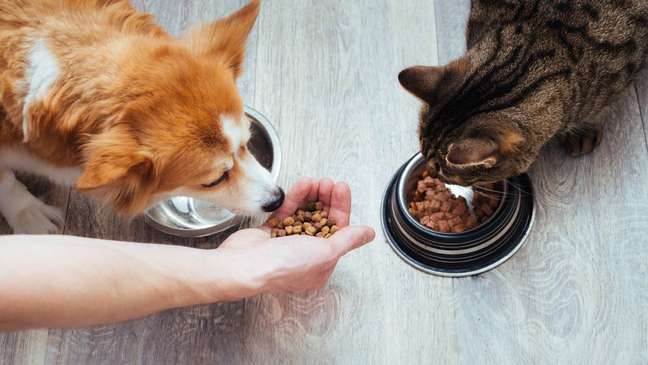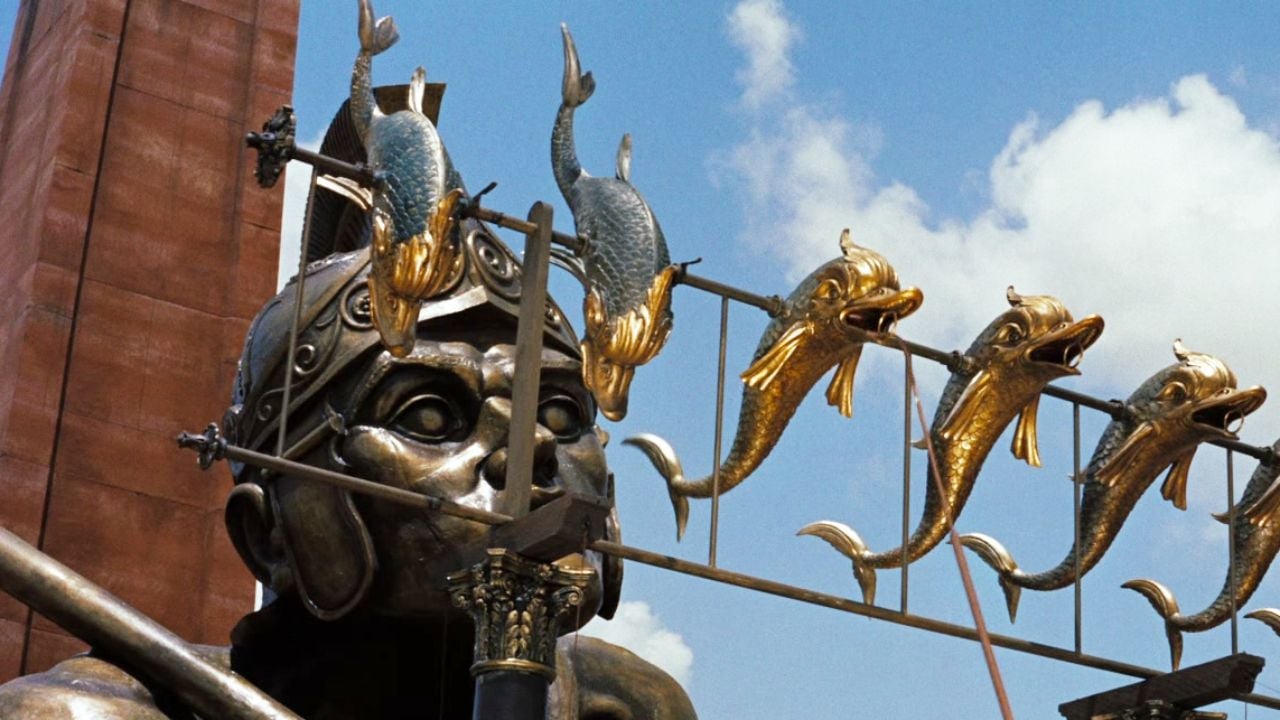Veterinarians explain the care that dog and cat tutors need to provide to prevent breast cancer in pets

In the month of struggle and prevention of breast cancer – known as Pink October – pet owners should pay attention to their pets’ preventive examinations. This is because this type of cancer mostly affects animals cats and females.
“Breast cancer in animals is still one of the reasons why females die the most in Brazil. According to data from the Federal Council of Veterinary Medicine, the disease is very common in dogs and cats, reaching about 45% of females and 30% of felines“says veterinarian Carlos Moraes.
According to the specialist, pure breeds are more susceptible to the emergence of neoplasms. Some of them also have a higher incidence of tumors in the mammary glands, according to studies. Among them are: Poodles, English Spaniel, Brittany Spaniel, Boxer, English Setter, Pionter, Fox Terrier, Boston Terrier and Cocker Spaniel. On the other hand, the Rey Hound, Beagle, and Chihuahua breeds are less likely to develop breast cancer.
How to make the diagnosis?
“The disease is silent, but the lumps in the breast can be observed and palpated by the pet owner. palpate your pet’s breasts regularly. In addition to a lump, redness, swelling, enlarged breasts with an unpleasant discharge and odor can also be signs of breast cancer, ”Moraes explains.

After diagnosis, breast cancer treatment is very similar to that of humans. The tumor is removed for biopsy and, if aggressive, radiotherapy, immunotherapy and chemotherapy will be performed, procedures that increase patient survival and prevent tumor recurrence.
“To reverse the situation, a mastectomy can also be performed on the animal, ie the removal of the breast. Surgery is indicated in all cases, being large and with a delicate postoperative period”, adds the specialist.
How to prevent breast cancer in pets
Moraes assures it sterilization is the best prevention alternative against breast cancer in pets, because the presence of tumors is directly related to circulating hormones, such as estrogen and progesterone. “Castration performed before the first run reduces the risk of developing breast cancer by only 0.5%. This risk increases significantly in spayed bitches after the first run (8%) and in the second run (26%)”, he points out. .
Veterinary surgeon, Prissioni Brabec, stresses the importance of the pet’s diet, because, according to her, excess weight is a risk factor for breast cancer. “Obesity in females between the ages of 9 and 12 months is a risk factor for developing breast cancer, so weight maintenance is ideal at this stage of life and has a protective effect against this cancer in the future.” .

Therefore, it is vital that animals have a balanced diet, as the type of fat in food can interfere with the risk of breast cancer. As studies indicate, diets rich in omega-3s, for example, can help prevent breast cancer.
Also, taking your pet to the vet regularly is another way to protect yourself from this type of cancer. “Periodic follow-up with the veterinarian and performing routine tests help in the prevention of this and other diseases. Some blood and imaging tests are able to help in the early diagnosis of neoplastic changes even before the first signs. “, affirmed strengthens Priscilla.
Sources: Carlos Moraes, veterinarian and head of the Pigovet clinic; Priardi Brabec, veterinary and head of nutritional products at Avert Saúde Animal.
+The best content in your email for free. Choose your favorite Earth Newsletter. Click here!
Source: Terra
Benjamin Smith is a fashion journalist and author at Gossipify, known for his coverage of the latest fashion trends and industry insights. He writes about clothing, shoes, accessories, and runway shows, providing in-depth analysis and unique perspectives. He’s respected for his ability to spot emerging designers and trends, and for providing practical fashion advice to readers.







